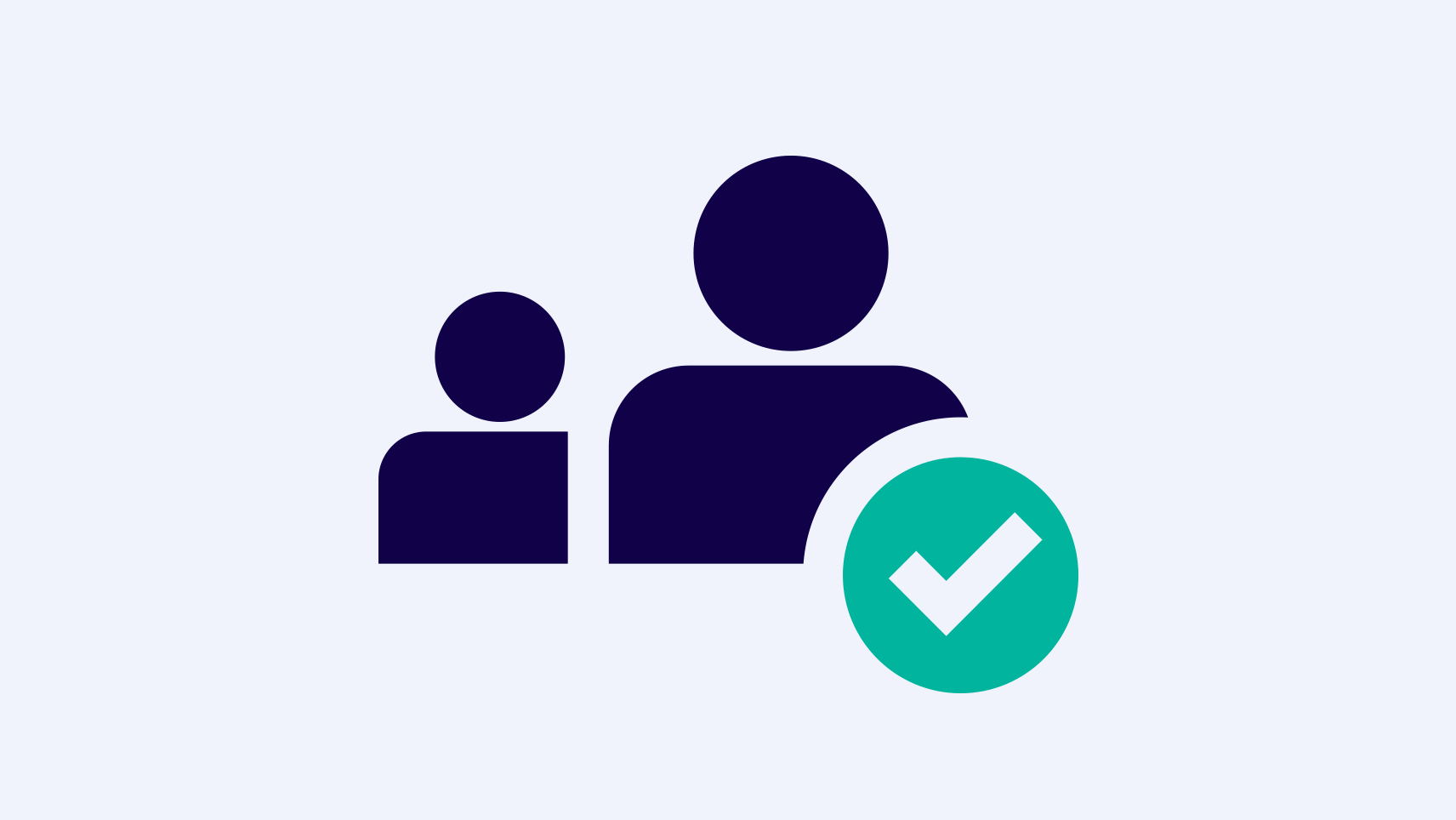Download our interactive eBook, The Solution is in Sight: The Complete Guide to Successful Teleretinal Programs, to learn more about what teleretinal imaging can do for your patients and primary care practice.
Successful teleretinal programs require capability and proficiency in three core areas:

Simple and Affordable Hardware
Baxter offers a flexible portfolio of innovative retinal imaging technology, including the most advanced handheld retinal camera*, the Welch Allyn RetinaVue 700 Imager.
Secure Software Network
Award-winning, HIPAA/HITECH-compliant, SOC-2 Type II HITRUST R2 certified RetinaVue Network software with end-to-end encryption of patient data and secure client-server authentication—hosted on the Microsoft Azure cloud. To streamline documentation, fully integrated, bi-directional EMR interfaces for Allscripts, athenahealth, Cerner, Epic, NextGen and more are available to you.

Nationwide Services and Support
The experience and resources necessary to scale and support a patient-centered solution across your organization. Professional medical services are provided by a nationwide team of state-licensed, board-certified ophthalmologists at Welch Allyn RetinaVue, P.C. Baxter consultants will help you customize and optimize your program across your clinic or mobile healthcare locations.
The Solution is in Sight:
The Complete Guide to a Successful Teleretinal Program
Learn more about what teleretinal imaging can do for your patients and primary care practice.
What’s inside the eBook:
- An overview of diabetic retinopathy and the current standard of care
- How to select the right retinal camera for your workflow
- The three keys to a successful teleretinal program
- Billing guidelines and CPT Code coverage for fundus imaging and teleretinal programs
- How to help improve HEDIS, STAR and HCC risk factors plus close care gaps1 by offering diabetic retinal exams to patients living with diabetes

-
Does the RETINAVUE Imager retinal assessment meet the HEDIS requirements for a diabetic eye exam?
keyboard_arrow_downAbsolutely. The National Committee for Quality Assurance, which administers the HEDIS measure for diabetic eye exams, has validated that a RetinaVue imager retinal exam satisfies the HEDIS measure. -
How easy is it for me to capture a retinal exam? Will it impact workflow?
keyboard_arrow_downThe retinal camera is an essential component of an effective teleretinal solution. While there are many teleretinal cameras on the market today, many require clinical staff to undergo hands-on training and technique practice to become proficient. The RetinaVue 700 Imager, on the other hand, is easy to use and requires minimal training to capture high-quality and highly readable images. A typical exam with the RetinaVue 700 Imager takes minutes to complete. With the click of a button on the camera’s touchscreen, the images are securely transferred via RetinaVue Network Software to board certified and state licensed eye specialists for review. Once the eye specialist has completed their review, a diagnostic report will be returned to the provider within 24-hours or less.
-
Teleretinal programs seem complex. How would we implement a solution to ensure a smooth and successful program right from the start?
keyboard_arrow_downTeleretinal programs can be complex. However, as a turnkey solution designed from the ground up specifically for the primary care setting, the RetinaVue care delivery model can simplify the implementation process. In addition to the solution itself, Baxter’s customer success specialists will customize and operationalize a teleretinal program that achieves your unique goals. We are your strategic partner to help you close the diabetic retinal exam compliance gap, now and into the future. We bring the experience and nationwide resources to scale and support a patient-centered care delivery model across your organization.
-
Does the RetinaVue care delivery model solution secure important data like patient health information (PHI)?
keyboard_arrow_downRetinaVue Imagers and RetinaVue Network software were designed from the ground up with security in mind, including end-to-end AES-256 encryption of data both in transit and at rest. Our controlled, secure software development lifecycle (SSDLC) incorporates cybersecurity risk management at all stages to ensure security is a cornerstone of all products throughout their entire lifecycle. To ensure ongoing deployment of security best practices, the RetinaVue Network software undergoes regular third-party penetration testing and vulnerability scans. The RetinaVue Network is also cleared as a Class II device by the FDA, a designation which requires strict design and risk-mitigation controls. We use an independent third party to perform annual SOC-2 Type II audits to enforce controls that protect security and privacy of customer data. At all times, your hosted data is secure, protected, and resilient in Azure. The RetinaVue Network software is built on Azure, which maintains compliance with more than 90 different standards, including HIPAA (Health Insurance Portability Authorization Act), HITRUST, SOC-2 Type II, and HITRUST R2.
-
Are there any additional economic benefits such as total cost of care?
keyboard_arrow_downTeleretinal programs can help health plans and providers more accurately document HCC risk adjustment factors for chronic conditions and complications in their populations and close gaps in care.
-
How quickly can we expect to see measurable results?
keyboard_arrow_downEach program is unique and performance will vary based on your organization’s objectives, however, fundus photography teleretinal programs can help you achieve up to 90% (5-Star level) documented compliance in 12 months.1
Looking for more information?
Download our interactive eBook, The Solution is in Sight: The Complete Guide to Successful Teleretinal Programs, to learn more about what teleretinal imaging can do for your patients and primary care practice.
Rx Only: For safe and proper use of the products mentioned herein, please refer to the appropriate Operator’s Manual or Instructions for Use.
- Mansberger SL, Gleitsmann K, Gardiner S, et al. Comparing the effectiveness of telemedicine and traditional surveillance in providing diabetic retinopathy screening examinations: A randomized controlled trial. Telemed J E Health. 2013 Dec; 19(12): 942-8.
Baxter, Hillrom, RetinaVue and Welch Allyn are trademarks of Baxter International Inc. or its subsidiaries.
Azure and Microsoft are trademarks of Microsoft Corporation.
HEDIS is a registered trademark of the National Committee for Quality Assurance (NCQA).
Any other trademarks, product names or brand images appearing herein are the property of their respective owners.
US-FLC147-240133 (v1.0) 11/2024



